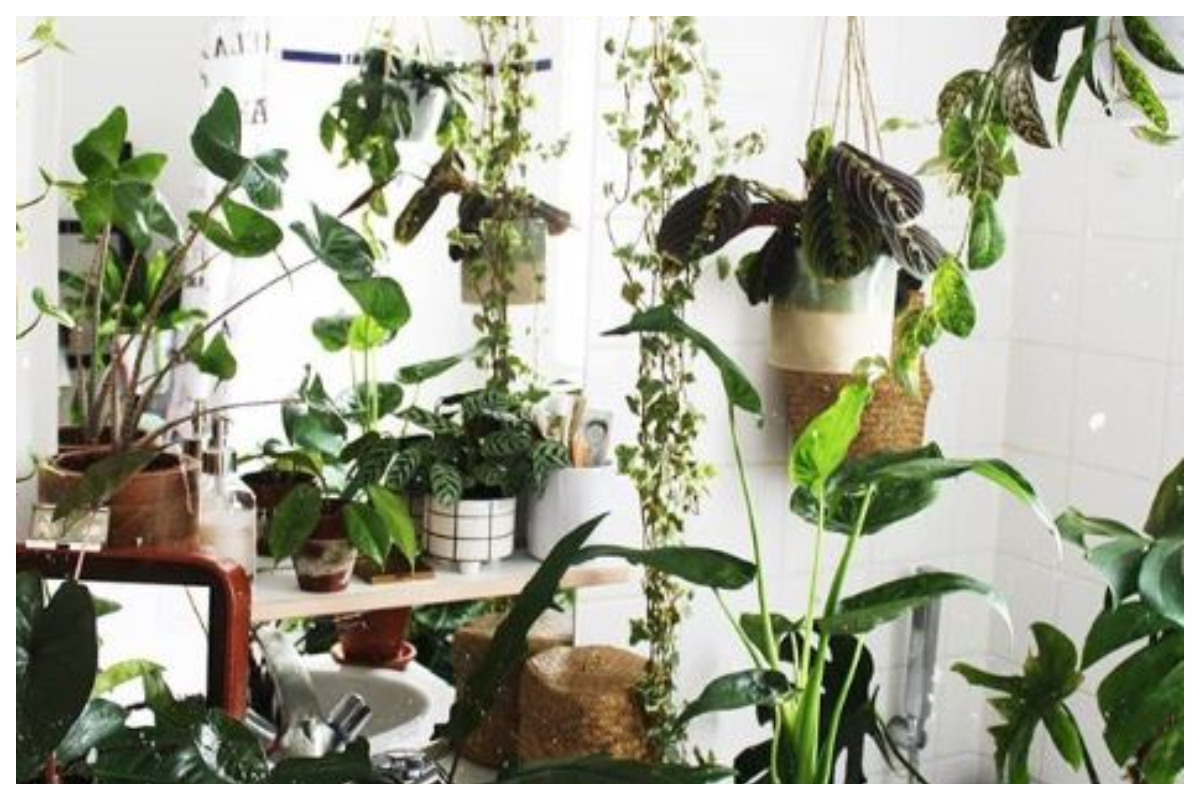‘IIT Baba’ leaves Mahakumbh, whereabouts unknown
Shri Panchdashnam IIT Baba, who used to perform Dhuni at Juna Akhara, has left the Mahakumbh and is reported to have gone to an unknown place.
Including these spiritual leaves in puja rituals and auspicious ceremonies gives the soul of the performer an eternal peace, makes his mind blissful and the body enthusiastic

(Instagram/@traqueuse.green)
Ritualistic worship of Hindu gods is incomplete without the help of some specific components called as puja samagri. These components include leaves of various holy plants and trees as one of the most important medium in seeking the grace of god. These leaves have a divine significance in ritualistic worship and they help connect our mystical emotions to the almighty.
Here are few such holy leaves which Hindu devotees include in all puja rituals and important ceremonies:
Advertisement
Mango leaves: Mango leaves are a symbol of purity, prosperity and delight. Puja mandaps, entrance gates and the kalash filled with water while performing any auspicious ritual are decorated with mango leaves. Sacred water is also sprinkled over devotees using a bunch of mango leaves. The aroma of these leaves fill the atmosphere with a devotional mystic. Any religious occasion is incomplete without the presence of these leaves.
Advertisement
Holy basil leaves: Holy basil leaves are considered as the most sacred leaves in Hindu religion. These leaves are a symbol of purity, health and spiritual goodness. No ceremony and offering to the god is complete without including these leaves. They are an important part of every bhog Prasad. Using Holy basil (tulsi) leaves in puja rituals brings happiness, comfort, prosperity, health and well-being in the family. They remove all kinds of obstacles in life.
Bel leaves: Bel leaves are Lord Shiva’s favourite. The trifoliate shape of bel patra is the symbol of the Hindu trinity of devas namely Brahma, Vishnu and Mahesha. Some scriptures also find it symbolic of three eyes of Lord Shiva or the three spokes of Trishul, Lord Shiva’s weapon. The leaves have cooling effect and they are used to worship many deities. Bel tree is believed to be emerged from the sweat drops of Lord Shiva’s wife, Parvati. It is said that the goddess resides in every part of this tree in all its forms. So it is the favourite of Lord Shiva, especially its leaves.
Betel leaves: Betel leaves signify freshness and prosperity. According to Hindu scriptures, this leaf was obtained by the gods during the churning of ocean for the elixir. Thus the leaf is used in every puja ritual. It is believed that many deities reside in this leaf and it purifies water. Thus it is used in all auspicious occasions by Hindus. It is as important as Holy basil leaf. Betel leaves are also used to embellish the kalash used for performing puja or other ceremonies. It has a great significance in Hindu weddings. Making the groom to eat this leaf filled with various food ingredients like gulkand is considered very auspicious.
Durva: No puja ritual or any other ceremony is complete in Hindu religion without including Durva grass. It is a special type of grass having three blades which represent the three principles of Shiva, Shakti and Ganesha. Durva is believed to bring the distant pure spiritual particles of god closer to the devotees. After tulsi, it is considered the most sacred plant. Durva grass is favourite of Lord Ganesha and no puja and ceremony in Hindu religion can begin without worshipping Lord Ganesha. So Durva grass becomes inevitable in every puja as Ganesha is worshipped with this grass. This grass has the ability to attract the aura of the elephant headed god. It bestows fortune to the worshipper.
Liveliness, shape, colour, structure and fragrance of these leaves please the deities. Their significance lies in their origin too. From time immemorial, Hindus have considered these leaves sacred and thus included them while performing all auspicious rituals. These leaves have an esteemed position in this religion and culture of India.
Always offer fresh and the best leaves to the deities. They should not be dried, torn or worm-infested. Fresh leaves are believed to have over 70 percent pranvayu which is responsible for the absorption of sattva frequencies. These leaves are full of saatvikta. They are the favourite of Hindu gods and goddesses. The embodied soul can derive maximum benefits by offering these holy leaves in specific numbers on special occasions and puja rituals.
Advertisement